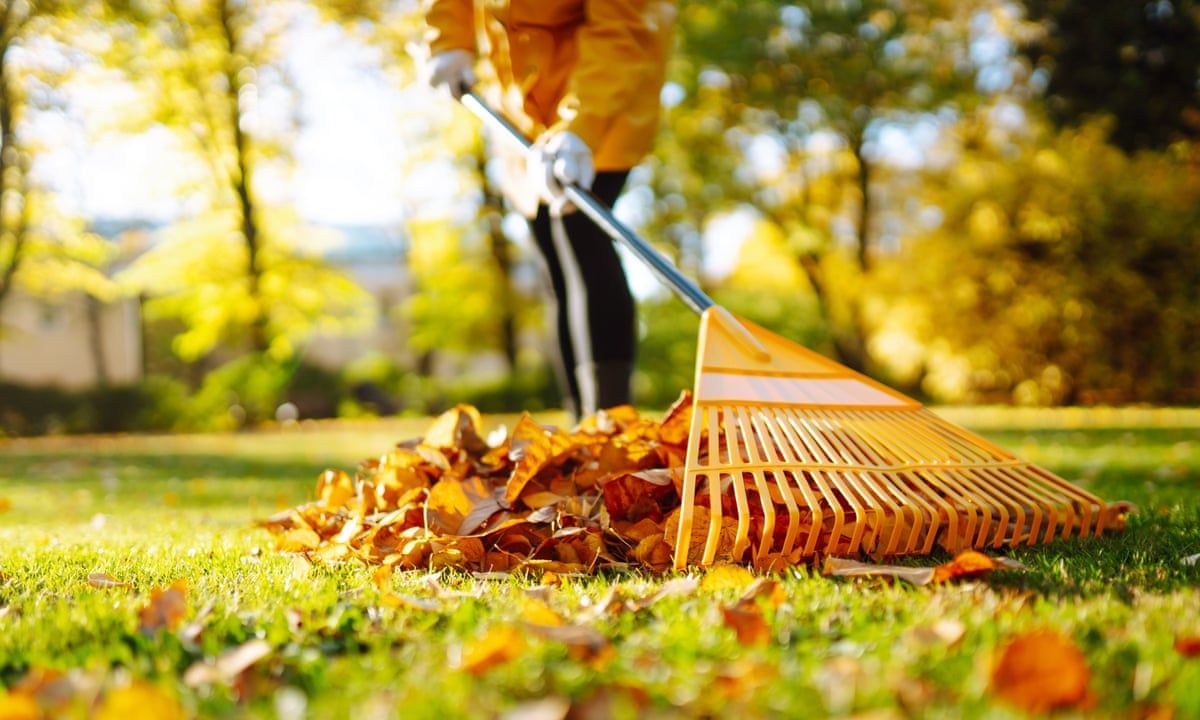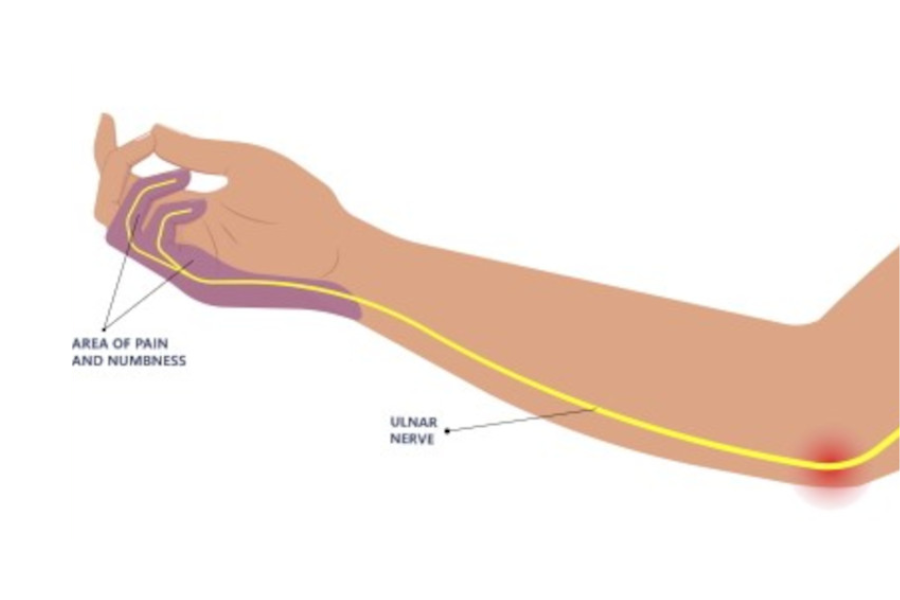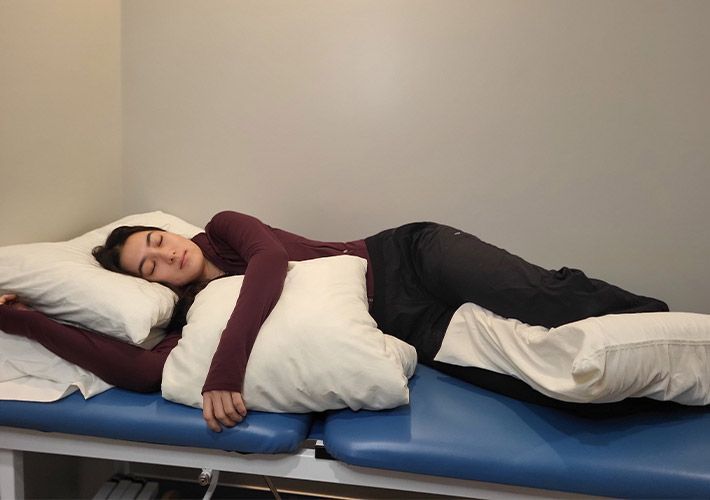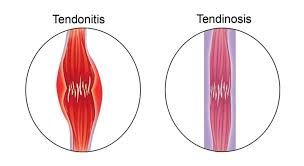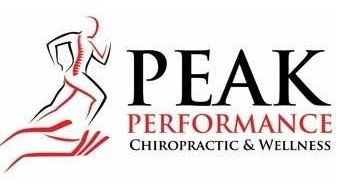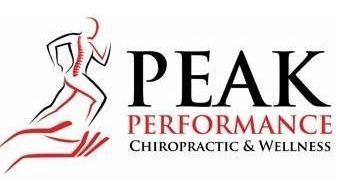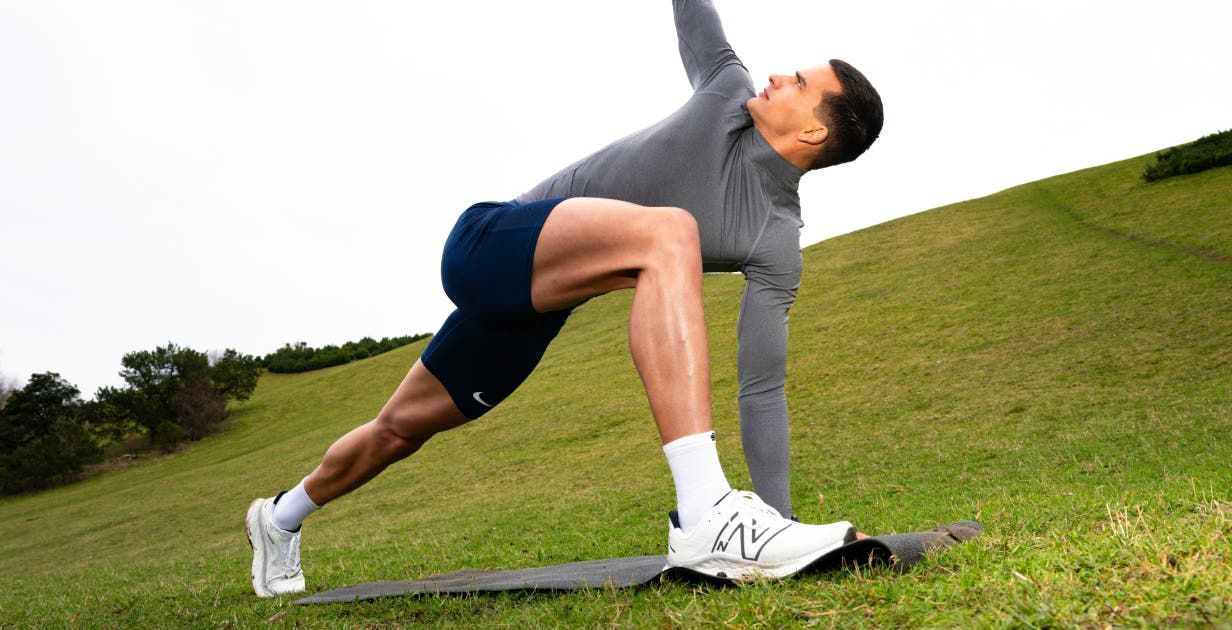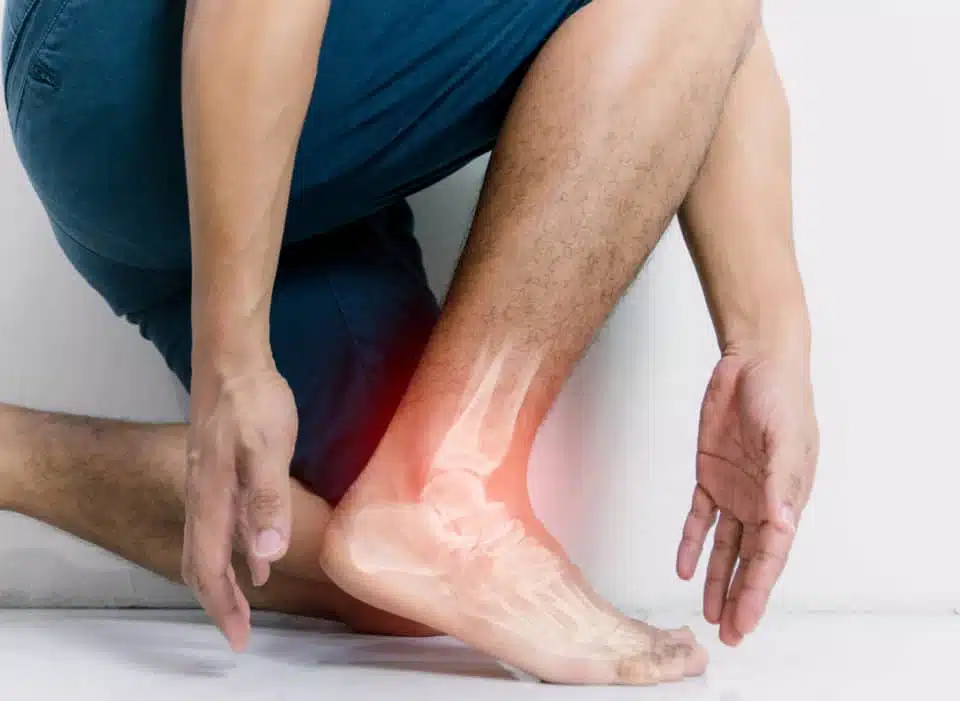Lower Cross Syndrome: What It Is, Why It Happens, and How to Fix It

If you’ve ever stood up after a long day at your desk and thought, “Why does my lower back feel like it’s been personally offended?”—you’re not alone. In fact, your posture may be telling a whole story. Enter Lower Cross Syndrome (LCS): a common postural pattern that shows up when certain muscle groups decide to overachieve while others go on vacation.
The good news? You can absolutely fix it—and your favorite chiropractic and massage team is here to help.
What Is Lower Cross Syndrome?
Lower Cross Syndrome is a predictable pattern of muscle imbalances in the lower body and core. Picture an X across your pelvis: tight hip flexors crossing over to tight lower back muscles, and weak glutes crossing over to weak abdominals. These opposing muscle groups create a “crossed” tension pattern—hence the name.
This pattern typically results in:
- Anterior pelvic tilt (your pelvis tipping forward)
- Increased curve in the lumbar spine
- Stiffness or discomfort in the low back
- Tight hips and quads
- Glutes that just aren’t pulling their weight (sorry, glutes)
If you’ve ever caught your reflection and wondered why your lower back looks extra “arched,” LCS might be part of the reason.
Why Does Lower Cross Syndrome Happen?
Short answer? Our modern lifestyle.
Long answer: LCS is often the result of repeated postural habits—like sitting for hours, not engaging the core, or relying on certain muscles more than others. Here are the usual suspects:
1. Lots of Sitting
The hip flexors shorten, the glutes get sleepy, and your pelvis slowly rolls forward like it’s trying to sneak away from responsibilities.
2. Weak or Under-used Core Muscles
Your deep abdominal muscles stabilize your trunk. When they’re weak, your lower back steps in to help—and ends up doing more work than it should.
3. Overactive or Tight Muscles
Tight hip flexors (like the psoas) and tight lumbar extensors (like the erector spinae) pull the pelvis into that forward-tilted position.
4. Athletic Imbalances
Yes—even active people get LCS. Runners, cyclists, and weightlifters often overtrain the front of the body and forget about the posterior chain.
Basically: Lower Cross Syndrome is the modern physical equivalent of “It’s not you, it’s the life you’re living.”
But you can fix that.
How Do You Know If You Might Have Lower Cross Syndrome?
You might notice:
- A deep curve in your low back
- Hips that tip forward when you stand
- Tightness in the front of the hips
- “Lazy” feeling glutes
- Low back stiffness (especially after sitting)
- Difficulty activating your core muscles
A chiropractor or massage therapist can spot this during an assessment—usually with posture checks, range-of-motion testing, and muscle strength evaluations. And no, it doesn’t hurt. It’s kind of like a postural detective mission.
How Lower Cross Syndrome Affects Your Body
If unaddressed, LCS doesn’t just make your posture look out of alignment—it can lead to discomfort or extra stress on surrounding structures. You might experience:
- Chronic low back tension
- Hip or groin tightness
- Reduced hip mobility
- Difficulty performing exercises with proper form
- Increased risk of lumbar strain
Think of the body like a team: when one group stops contributing, everyone else has to work overtime. Eventually, somebody complains.
How to Fix Lower Cross Syndrome: Stretch, Strengthen, Move
The key to correcting LCS is addressing both sides of that muscular “X”:
Stretch what’s tight and strengthen what’s weak.
Below are simple exercises we recommend starting with. (But of course, your provider can tailor these to your body’s unique needs.)
Stretches for What’s Tight
1. Hip Flexor Stretch
Kneel on one knee and shift gently forward until you feel a stretch in the front of your hip. Hold 20–30 seconds.
Bonus points: tuck the pelvis slightly for a deeper stretch.
2. Child’s Pose with Side Reach
This helps relax tight lumbar extensors. Aim to breathe deeply into the low back.
3. Figure-Four Stretch
Targets the piriformis and surrounding hip muscles—great for releasing tension built up from long sitting sessions.
Strengthening for What’s Weak
1. Glute Bridges
Lie on your back, knees bent, and lift your hips while squeezing the glutes.
Don’t let your low back take over—this is a glute party only.
2. Dead Bugs
A gentle but powerful core exercise that teaches coordination between your abs and lower body. Think of this as your core’s “reset” button.
3. Clamshells
A simple way to fire up the gluteus medius and improve pelvic stability.
Daily Changes That Make a Big Difference
Correcting LCS isn’t only about exercises—it’s also about changing small habits throughout your day.
Tip #1: Take Breaks from Sitting
If your job has you glued to a chair, aim for quick movement breaks every 45–60 minutes. Walk, stretch, or simply stand up and reach overhead.
Tip #2: Strength Train Your Backside
Incorporate exercises like Romanian deadlifts, hip thrusts, and quadruped hip extension into your weekly routine.
Tip #3: Watch Your Posture
Neutral pelvis + engaged core = your spine’s happy place.
Tip #4: Mix Up Your Movement
Walk, lift, stretch, take a yoga class, sit on the floor sometimes—your body craves variety.
How Chiropractic and Massage Therapy Can Help
While strengthening and stretching are key, sometimes your body needs a little extra support—especially if discomfort or stiffness has been hanging around for a while.
Here’s where chiropractic and massage therapy shine:
Chiropractic Care
- Improves joint mobility in the lumbar spine and pelvis
- Addresses compensations caused by muscle imbalances
- Helps reduce pain or stiffness in the low back
- Supports better movement patterns as you retrain the muscles
- Gives you personalized exercise recommendations (no generic YouTube routine needed)
Massage Therapy
- Releases tight hip flexors and lumbar muscles
- Improves tissue flexibility and circulation
- Helps “wake up” inhibited muscles by reducing surrounding tension
- Complements your strengthening work so you see results faster
Working with both providers creates a powerful one-two combo: reduce tension, restore alignment, and strengthen the supporting muscles so you stay feeling good.
When to See a Provider
If you’ve tried stretching, strengthening, or posture work and still feel:
- Persistent low back tightness
- Hip stiffness that never seems to let up
- Pain during workouts
- Difficulty activating your core or glutes
…then it may be time to tag in the professionals. An evaluation can help pinpoint exactly which muscles are contributing to your LCS—and create a plan to address it.
Final Thoughts
Lower Cross Syndrome is incredibly common, especially in our sit-heavy, screen-filled world. The good news is that once you understand the pattern, you can absolutely correct it. With the right combination of stretching, strengthening, habit changes, and supportive care, your hips and low back can work together in harmony again.
And if you need help figuring out your body’s unique version of LCS—or want expert guidance—it’s what we do best. Whether you’re dealing with low back tension, feeling “stuck” in your hips, or just want to improve your posture, our chiropractors and massage therapists are here to help you move better and feel better.
Your low back will thank you. Your hips will thank you. And honestly, future you will thank you too.
Bethany Wolcott
D’Youville Chiropractic ‘26

